: 2025
: 2024
: 2023
: 2022
: 2021
: 2020
: 2019
: 2018
: 2017
: 2016
: 2015
: 2014
: 2013
: 2012
: 2011
: 2010
: 2009
: 2008
: 2007
:



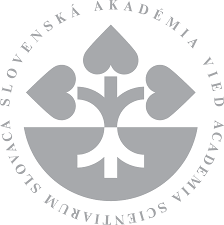


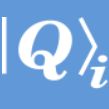
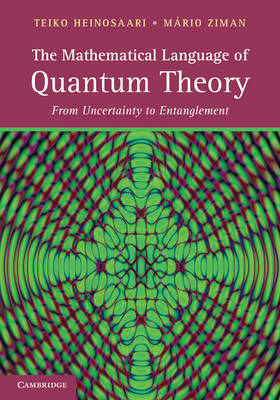
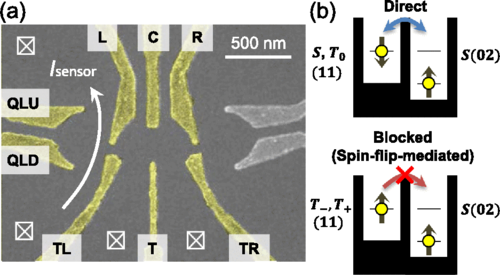 11.11.2016 Research publication
11.11.2016 Research publication
Signatures of Hyperfine, Spin-Orbit, and Decoherence Effects in a Pauli Spin Blockade
We detect in real time interdot tunneling events in a weakly coupled two-electron double quantum dot in GaAs. At finite magnetic fields, we observe two characteristic tunneling times Td and Tb, belonging to, respectively, a direct and a blocked (spin-flip-assisted) tunneling. The latter corresponds to the lifting of a Pauli spin blockade, and the tunneling times ratio η=Tb/Td characterizes the blockade efficiency. We find pronounced changes in the behavior of η upon increasing the magnetic field, with η increasing, saturating, and increasing again. We explain this behavior as due to the crossover of the dominant blockade-lifting mechanism from the hyperfine to spin-orbit interactions and due to a change in the contribution of the charge decoherence.
by
T. Fujita, P. Stano, G. Allison, K. Morimoto, Y. Sato, M. Larsson, J.-H. Park, A. Ludwig, A. D. Wieck, A. Oiwa, and S. Tarucha
Phys. Rev. Lett. 117, 206802 (2016) |+++| (Editor's suggestion) APVV-0808-12 (QIMABOS) |
 13.10.2016 seminar
13.10.2016 seminar
NONLOCAL SEMINAR :: http://nlseminar.weebly.com :: Program: 14:00-14:45 Daniel Nagaj (Bratislava): Very entangled spin chains 15:00-15:45 Fred Dupuis (Brno): Entropy accumulation 16:00-16:45 Yelena Guryanova (Vienna): Exploring process matrices in the formalism of two time states Date: 28/10/2016 (Friday), 12:00-18:00 Place: Vienna University, Austria |
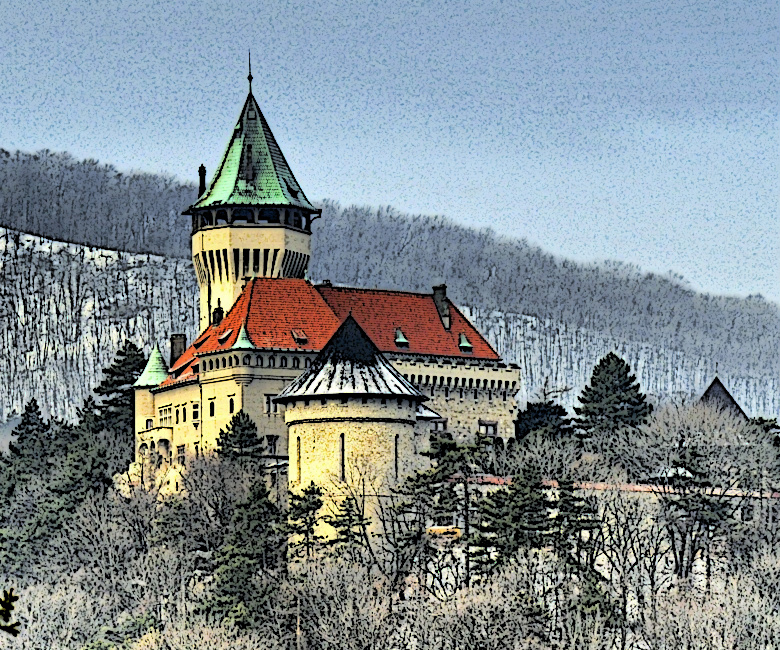 01.10.2016 conference
01.10.2016 conference
FOCUS MEETING: Mathematical foundations of quantum thermodynamics The aim of this workshop is to critically discuss current status of the mathematical background of quantum thermodynamics, identify relevant open problems and formulate future challenges and perspectives of this field. DO NOT MISS THE OPPORTUNITY AND REGISTER YOURSELF! Website: http://quantum.physics.sk/conf/mathermo2016/ Time: 6-9/12/2016 Place: Smolenice castle, Slovakia |
 07.10.2016 Research publication
07.10.2016 Research publication
Critical properties of the eight-vertex model in a field
The general eight-vertex model on a square lattice is studied numerically by using the Corner Transfer Matrix Renormalization Group method. The method is tested on the symmetric (zero-field) version of the model, the obtained dependence of critical exponents on model's parameters is in agreement with Baxter's exact solution and weak universality is verified with a high accuracy. It was suggested long time ago that the symmetric eight-vertex model is a special exceptional case and in the presence of external fields the eight-vertex model falls into the Ising universality class. We confirm numerically this conjecture in a subspace of vertex weights, except for two specific combinations of vertical and horizontal fields for which the system still exhibits weak universality.
by
Roman Krčmár and Ladislav Šamaj
Europhysics Letters 115, 56001 (2016) |+++| APVV-14-0878 (QETWORK), VEGA 2/0130/15 (OAQS) |
 22.09.2016 Research publication
22.09.2016 Research publication
Landau-Zener-Stückelberg-Majorana lasing in circuit quantum electrodynamics
We demonstrate amplification (and attenuation) of a probe signal by a driven two-level quantum system in the Landau-Zener-Stückelberg-Majorana regime by means of an experiment, in which a superconducting qubit was strongly coupled to a microwave cavity, in a conventional arrangement of circuit quantum electrodynamics. Two different types of flux qubit, specifically a conventional Josephson junctions qubit and a phase-slip qubit, show similar results, namely, lasing at the working points where amplification takes place. The experimental data are explained by the interaction of the probe signal with Rabi-like oscillations. The latter are created by constructive interference of Landau-Zener-Stückelberg-Majorana (LZSM) transitions during the driving period of the qubit. A detailed description of the occurrence of these oscillations and a comparison of obtained data with both analytic and numerical calculations are given.
by
P. Neilinger, S. N. Shevchenko, J. Bogár, M. Rehák, G. Oelsner, D. S. Karpov, U. Hübner, O. Astafiev, M. Grajcar, and E. Il'ichev
Phys. Rev. B 94, 094519 (2016) |+++| APVV-0808-12 (QIMABOS) |
 22.09.2016 lecture
22.09.2016 lecture
James Webb Space Telescope Scott Acton, a scientist who works on the James Webb Space Telescope, is bicycling around the world, stopping to teach others about this amazing next generation space telescope. Come hear about his journey, and the science that inspired it! Time: Friday 23.9.2016, 9:00 Place: QUTE Auditorium, QUTE building, Institute of Physics SAS, Bratislava |
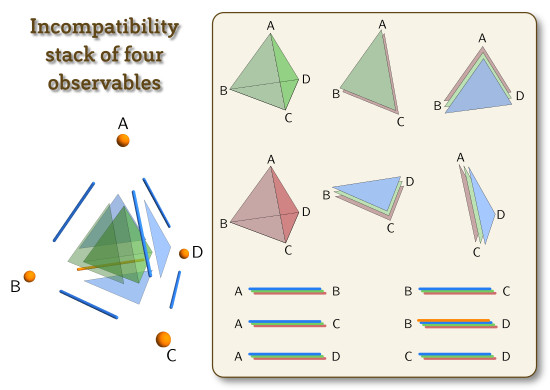 10.09.2016 Research publication
10.09.2016 Research publication
Quantum Incompatibility in Collective Measurements
We study the compatibility (or joint measurability) of quantum observables in a setting where the experimenter has access to multiple copies of a given quantum system, rather than performing the experiments on each individual copy separately. We introduce the index of incompatibility as a quantifier of incompatibility in this multi-copy setting, as well as the notion of the compatibility stack representing various compatibility relations present in a given set of observables. We then prove a general structure theorem for multi-copy joint observables and use it to prove that all abstract compatibility stacks with three vertices have realizations in terms of quantum observables.
by
Claudio Carmeli, Teiko Heinosaari, Daniel Reitzner, Jussi Schultz and Alessandro Toigo
Mathematics 4, 54 (2016), |+++| APVV-14-0878 (QETWORK), VEGA-2/0151/15 (QWIN), SASPRO 0055/01/01 (QWIN) |
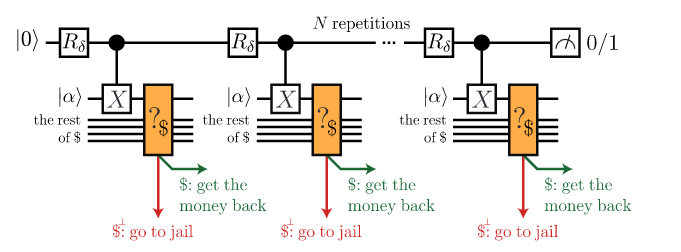 1.9.2016 Research publication
1.9.2016 Research publication
An adaptive attack on Wiesner's quantum money
Unlike classical money, which is hard to forge for practical reasons (e.g. producing paper with a certain property), quantum money is attractive because its security might be based on the no-cloning theorem. The first quantum money scheme was introduced by Wiesner circa 1970. Although more sophisticated quantum money schemes were proposed, Wiesner's scheme remained appealing because it is both conceptually clean as well as relatively easy to implement. We show efficient adaptive attacks on Wiesner's quantum money scheme (and its variant by Bennett et al.), when valid money is accepted and passed on, while invalid money is destroyed. We propose two attacks, the first is inspired by the Elitzur-Vaidman bomb testing problem, while the second is based on the idea of {\it protective measurements}. It allows us to break Wiesner's scheme with 4 possible states per qubit, and generalizations which use more than 4 states per qubit. The attack shows that Wiesner's scheme can only be safe if the bank replaces valid notes after validation.
by
Daniel Nagaj, Or Sattath, Aharon Brodutch, and Dominique Unruh
Quantum Information & Computation, Vol.16 No.11&12, pp1048-1070 (2016) |+++| APVV-0808-12 (QIMABOS) |
 23.08.2016 Research publication
23.08.2016 Research publication
Phase diagram of a truncated tetrahedral model
Phase diagram of a discrete counterpart of the classical Heisenberg model, the truncated tetrahedral model, is analyzed on the square lattice, when the interaction is ferromagnetic. Each spin is represented by a unit vector that can point to one of the 12 vertices of the truncated tetrahedron, which is a continuous interpolation between the tetrahedron and the octahedron. Phase diagram of the model is determined by means of the statistical analog of the entanglement entropy, which is numerically calculated by the corner transfer matrix renormalization group method. The obtained phase diagram consists of four different phases, which are separated by five transition lines. In the parameter region, where the octahedral anisotropy is dominant, a weak first-order phase transition is observed.
by
Roman Krcmar, Andrej Gendiar, and Tomotoshi Nishino
Phys. Rev. E 94, 022134 (2016) |+++| APVV-14-0878 (QETWORK), VEGA-2/0130/15 (OAQS) |
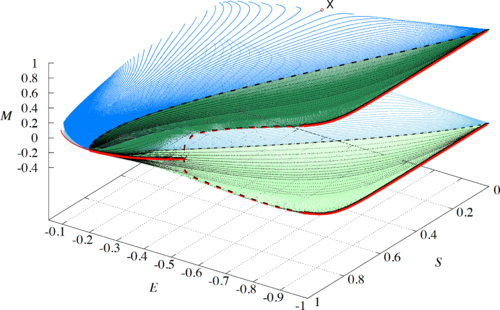 23.08.2016 Research publication
23.08.2016 Research publication
Boundary-field-driven control of discontinuous phase transitions on hyperbolic lattices
The multistate Potts models on two-dimensional hyperbolic lattices are studied with respect to various boundary effects. The free energy is numerically calculated using the corner transfer matrix renormalization group method. We analyze phase transitions of the Potts models in the thermodynamic limit with respect to contracted boundary layers. A false phase transition is present even if a couple of the boundary layers are contracted. Its significance weakens, as the number of the contracted boundary layers increases, until the correct phase transition (deep inside the bulk) prevails over the false one. For this purpose, we derive a thermodynamic quantity, the so-called bulk excess free energy, which depends on the contracted boundary layers and memorizes additional boundary effects. In particular, the magnetic field is imposed on the outermost boundary layer. While the boundary magnetic field does not affect the second-order phase transition in the bulk if suppressing all the boundary effects on the hyperbolic lattices, the first-order (discontinuous) phase transition is significantly sensitive to the boundary magnetic field. Contrary to the phase transition on the Euclidean lattices, the discontinuous phase transition on the hyperbolic lattices can be continuously controlled (within a certain temperature coexistence region) by varying the boundary magnetic field.
by
Yoju Lee, Frank Verstraete, and Andrej Gendiar
Phys. Rev. E 94, 022133 (2016) |+++| APVV-0808-12 (QIMABOS), VEGA-2/0130/15 (OAQS) |
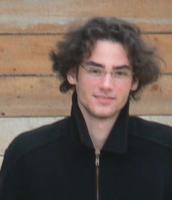 17.08.2016 PhD defense
17.08.2016 PhD defense
Public defense of our PhD student Jozef Genzor of his thesis Tensor networks: Phase Transition Phenomena on Hyperbolic and Fractal Geometries. Supervisor: Dr. Andrej Gendiar Referees: - doc. RNDr. Igor Medveď, PhD (Faculty of natural sciences UKF, Nitra) - RNDr. Hana Čenčariková, PhD. (Ústav experimentálnej fyziky SAV, Košice) - prof. RNDr. Peter Markoš, DrSc. (Comenius University, Bratislava) |
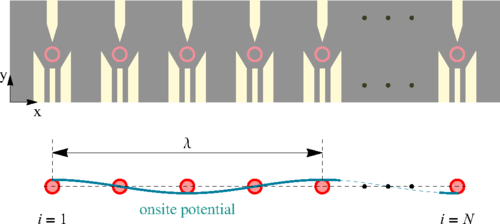 12.08.2016 Research publication
12.08.2016 Research publication
Fractional boundary charges in quantum dot arrays with density modulation
We show that fractional charges can be realized at the boundaries of a linear array of tunnel-coupled quantum dots in the presence of a periodically modulated onsite potential. While the charge fractionalization mechanism is similar to the one in polyacetylene, here the values of fractional charges can be tuned to arbitrary values by varying the phase of the onsite potential or the total number of dots in the array. We also find that the fractional boundary charges, unlike the in-gap bound states, are stable against static random disorder. We discuss the minimum array size where fractional boundary charges can be observed.
by
Jin-Hong Park, Guang Yang, Jelena Klinovaja, Peter Stano, and Daniel Loss
Phys. Rev. B 94, 075416 (2016) |+++| NONE |
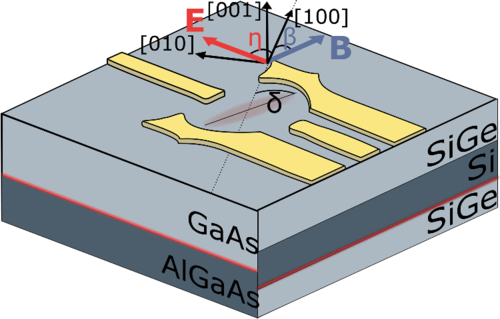 09.06.2016 Research publication
09.06.2016 Research publication
Optimal geometry of lateral GaAs and Si/SiGe quantum dots for electrical control of spin qubits
We investigate the effects of the orientation of the magnetic field and the orientation of a quantum dot, with respect to crystallographic coordinates, on the quality of an electrically controlled qubit realized in a gated semiconductor quantum dot. We find that, due to the anisotropy of the spin-orbit interactions, by varying the two orientations it is possible to tune the qubit in the sense of optimizing the ratio of its couplings to phonons and to a control electric field. We find conditions under which such optimal setup can be reached by solely reorienting the magnetic field, and when a specific positioning of the dot is required. We also find that the knowledge of the relative sign of the spin-orbit interaction strengths allows to choose a robust optimal dot geometry, with the dot main axis along [110], or [110], where the qubit can be always optimized by reorienting the magnetic field.
by
Ognjen Malkoc, Peter Stano, and Daniel Loss
Phys. Rev. B 93, 235413 (2016) |+++| NONE |
 18.05.2016 Research publication
18.05.2016 Research publication
Incompatible measurements on quantum causal networks
The existence of incompatible measurements, epitomized by Heisenberg's uncertainty principle, is one of the distinctive features of quantum theory. So far, quantum incompatibility has been studied for measurements that test the preparation of physical systems. Here we extend the notion to measurements that test dynamical processes, possibly consisting of multiple time steps. Such measurements are known as testers and are implemented by interacting with the tested process through a sequence of state preparations, interactions, and measurements. Our first result is a characterization of the incompatibility of quantum testers, for which we provide necessary and sufficient conditions. Then we propose a quantitative measure of incompatibility. We call this measure the robustness of incompatibility and define it as the minimum amount of noise that has to be added to a set of testers in order to make them compatible. We show that (i) the robustness is lower bounded by the distinguishability of the sequence of interactions used by the tester and (ii) maximum robustness is attained when the interactions are perfectly distinguishable. The general results are illustrated in the concrete example of binary testers probing the time evolution of a single-photon polarization.
by
Michal Sedlák, Daniel Reitzner, Giulio Chiribella, and Mário Ziman
Phys. Rev. A 93, 052323 (2016) |+++| APVV-14-0878 (QETWORK), VEGA 2/0125/13 (QUICOST), SASPRO 0055/01/01 (QWIN) |
 28.04.2016 Research publication
28.04.2016 Research publication
Topological Floquet Phases in Driven Coupled Rashba Nanowires
We consider periodically driven arrays of weakly coupled wires with conduction and valence bands of Rashba type and study the resulting Floquet states. This nonequilibrium system can be tuned into nontrivial phases such as topological insulators, Weyl semimetals, and dispersionless zero-energy edge mode regimes. In the presence of strong electron-electron interactions, we generalize these regimes to the fractional case, where elementary excitations have fractional charges e/m with m being an odd integer.
by
Jelena Klinovaja, Peter Stano, and Daniel Loss
Phys. Rev. Lett. 116, 176401 (2016) |+++| QIMABOS (APVV-0808-12) |
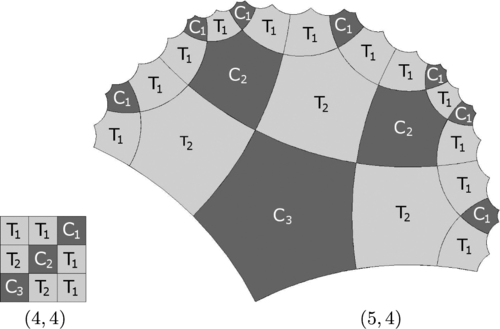 20.04.2016 Research publication
20.04.2016 Research publication
Free-energy analysis of spin models on hyperbolic lattice geometries
We investigate relations between spatial properties of the free energy and the radius of Gaussian curvature of the underlying curved lattice geometries. For this purpose we derive recurrence relations for the analysis of the free energy normalized per lattice site of various multistate spin models in the thermal equilibrium on distinct non-Euclidean surface lattices of the infinite sizes. Whereas the free energy is calculated numerically by means of the corner transfer matrix renormalization group algorithm, the radius of curvature has an analytic expression. Two tasks are considered in this work. First, we search for such a lattice geometry, which minimizes the free energy per site. We conjecture that the only Euclidean flat geometry results in the minimal free energy per site regardless of the spin model. Second, the relations among the free energy, the radius of curvature, and the phase transition temperatures are analyzed. We found out that both the free energy and the phase transition temperature inherit the structure of the lattice geometry and asymptotically approach the profile of the Gaussian radius of curvature. This achievement opens new perspectives in the AdS-CFT correspondence theories.
by
Marcel Serina, Jozef Genzor, Yoju Lee, and Andrej Gendiar
Phys. Rev. E 93, 042123 (2016) |+++| QIMABOS (APVV-0808-12), OAQS (VEGA-2/0130/15) |
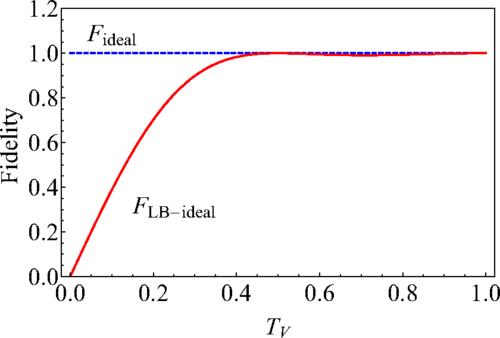 11.04.2016 Research publication
11.04.2016 Research publication
Generalized Hofmann quantum process fidelity bounds for quantum filters
We propose and investigate bounds on the quantum process fidelity of quantum filters, i.e., probabilistic quantum operations represented by a single Kraus operator K. These bounds generalize the Hofmann bounds on the quantum process fidelity of unitary operations [H. F. Hofmann, Phys. Rev. Lett. 94, 160504 (2005)] and are based on probing the quantum filter with pure states forming two mutually unbiased bases. Determination of these bounds therefore requires far fewer measurements than full quantum process tomography. We find that it is particularly suitable to construct one of the probe bases from the right eigenstates of K, because in this case the bounds are tight in the sense that if the actual filter coincides with the ideal one, then both the lower and the upper bounds are equal to 1. We theoretically investigate the application of these bounds to a two-qubit optical quantum filter formed by the interference of two photons on a partially polarizing beam splitter. For an experimentally convenient choice of factorized input states and measurements we study the tightness of the bounds. We show that more stringent bounds can be obtained by more sophisticated processing of the data using convex optimization and we compare our methods for different choices of the input probe states.
by
Michal Sedlák and Jaromír Fiurášek
Phys. Rev. A 93, 042316 (2016) |+++| NONE |
 20.03.2016 QUTE colloquium
20.03.2016 QUTE colloquium
MAREK ROSA (Keen Software House, Prague) General Artificial Intelligence: GoodAI and the Future of Humankind
Abstract: This talk introduces GoodAI, a company founded by CEO/CTO Marek Rosa that is working to build general artificial intelligence. Attendees will learn about the advantages of general AI, its effects on jobs in the future, and its implications for human safety. The talk will also cover GoodAI’s development plans, current trends in AI development, and the impact that general AI will have on the future of humankind.
About speaker: Marek Rosa is the CEO, CTO and founder of two Prague-based companies: Keen Software House, an independent video game development studio, and GoodAI, a general artificial intelligence R&D company. Keen Software House is best known for its sandbox best-sellers Space Engineers (1.5mil+ copies sold) and Medieval Engineers. Marek started the company as the sole programmer but later took on a leadership role when he transitioned to CEO. Marek has been interested in artificial intelligence since childhood. After the success of the Keen Software House titles, Marek was able to personally invest $10M USD in a new general AI research project trying to build human-level artificial intelligence. The project, now known as GoodAI, was announced as a company in July 2015 and has grown to a team of 30 researchers. Place: Auditorium QUTE, QUTE building, Institute of Physics, Bratislava Date: MONDAY 11/04/2016 15:00 If you want to participate please REGISTER HERE. (Colloquium will be in English.) |
 22.02.2016 Research publication
22.02.2016 Research publication
Analysis of quantum spin models on hyperbolic lattices and Bethe lattice
The quantum XY, Heisenberg, and transverse field Ising models on hyperbolic lattices are studied by means of the tensor product variational formulation algorithm. The lattices are constructed by tessellation of congruent polygons with coordination number equal to four. The calculated ground-state energies of the XY and Heisenberg models and the phase transition magnetic field of the Ising model on the series of lattices are used to estimate the corresponding quantities of the respective models on the Bethe lattice. The hyperbolic lattice geometry induces mean-field-like behavior of the models. The ambition to obtain results on the non-Euclidean lattice geometries has been motivated by theoretical studies of the anti-de Sitter/conformal field theory correspondence.
by
Michal Daniška and Andrej Gendiar
Journal of Physics A 49, 145003 (2016) |+++| QIMABOS (APVV-0808-12), OAQS (VEGA-2/0130/15) |
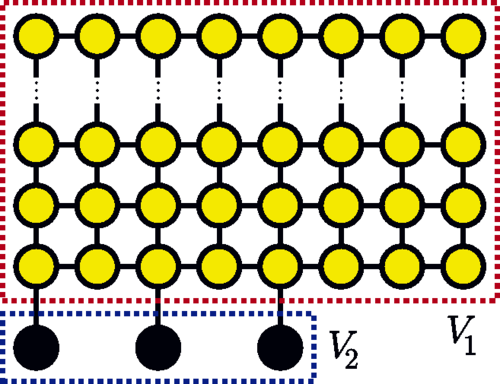 22.02.2016 Research publication
22.02.2016 Research publication
Quantum proofs can be verified using only single-qubit measurements
Quantum Merlin Arthur (QMA) is the class of problems which, though potentially hard to solve, have a quantum solution that can be verified efficiently using a quantum computer. It thus forms a natural quantum version of the classical complexity class NP (and its probabilistic variant MA, Merlin-Arthur games), where the verifier has only classical computational resources. In this paper, we study what happens when we restrict the quantum resources of the verifier to the bare minimum: individual measurements on single qubits received as they come, one by one. We find that despite this grave restriction, it is still possible to soundly verify any problem in QMA for the verifier with the minimum quantum resources possible, without using any quantum memory or multiqubit operations. We provide two independent proofs of this fact, based on measurement-based quantum computation and the local Hamiltonian problem. The former construction also applies to QMA1, i.e., QMA with one-sided error.
by
Tomoyuki Morimae, Daniel Nagaj, and Norbert Schuch
Phys. Rev. A 93, 022326 (2016) |+++| QIMABOS (APVV-0808-12) |
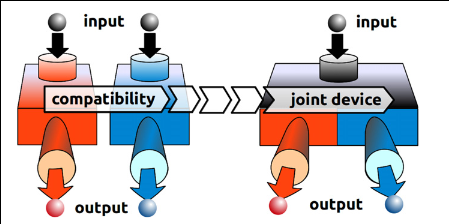 15.02.2016 Research publication
15.02.2016 Research publication
An invitation to quantum incompatibility
In the context of a physical theory, two devices, A and B, described by the theory are called incompatible if the theory does not allow the existence of a third device C that would have both A and B as its components. Incompatibility is a fascinating aspect of physical theories, especially in the case of quantum theory. The concept of incompatibility gives a common ground for several famous impossibility statements within quantum theory, such as 'no-cloning' and 'no information without disturbance'; these can be all seen as statements about incompatibility of certain devices. The purpose of this paper is to give a concise overview of some of the central aspects of incompatibility.
by
Teiko Heinosaari, Takayuki Miyadera and Mário Ziman
Journal of Physics A 49, 123001 (2016) |+++| QIMABOS (APVV-0808-12), QUICOST (VEGA 2/0125/13) |
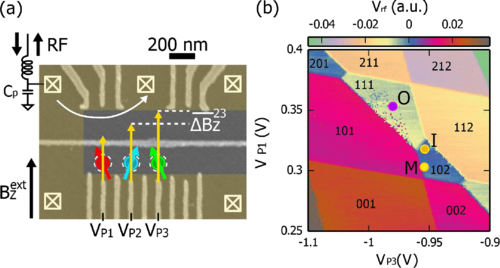 26.01.2016 Research publication (Editor's suggestion)
26.01.2016 Research publication (Editor's suggestion)
Quantum Dephasing in a Gated GaAs Triple Quantum Dot due to Nonergodic Noise
We extract the phase coherence of a qubit defined by singlet and triplet electronic states in a gated GaAs triple quantum dot, measuring on time scales much shorter than the decorrelation time of the environmental noise. In this nonergodic regime, we observe that the coherence is boosted and several dephasing times emerge, depending on how the phase stability is extracted. We elucidate their mutual relations, and demonstrate that they reflect the noise short-time dynamics.
by
M. R. Delbecq, T. Nakajima, P. Stano, T. Otsuka, S. Amaha, J. Yoneda, K. Takeda, G. Allison, A. Ludwig, A. D. Wieck, and S. Tarucha
Phys. Rev. Lett. 116, 046802 – Published 26 January 2016 |+++| QIMABOS (APVV-0808-12) |
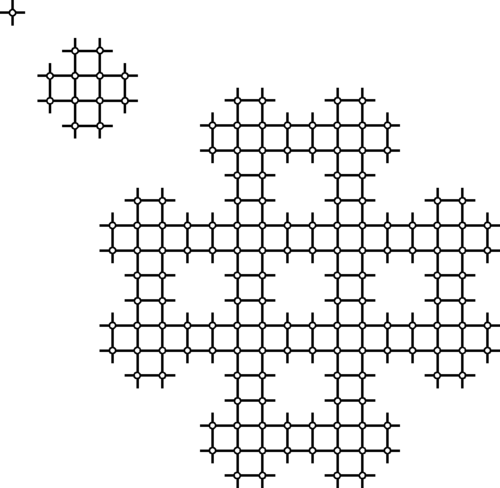 22.01.2016 Research publication
22.01.2016 Research publication
Phase transition of the Ising model on a fractal lattice
The phase transition of the Ising model is investigated on a planar lattice that has a fractal structure. On the lattice, the number of bonds that cross the border of a finite area is doubled when the linear size of the area is extended by a factor of 4. The free energy and the spontaneous magnetization of the system are obtained by means of the higher-order tensor renormalization group method. The system exhibits the order-disorder phase transition, where the critical indices are different from those of the square-lattice Ising model. An exponential decay is observed in the density-matrix spectrum even at the critical point. It is possible to interpret that the system is less entangled because of the fractal geometry.
by
Jozef Genzor, Andrej Gendiar, and Tomotoshi Nishino
Phys. Rev. E 93, 012141 (2016) |+++| QIMABOS (APVV-0808-12), AG (VEGA-2/0130/1) |


